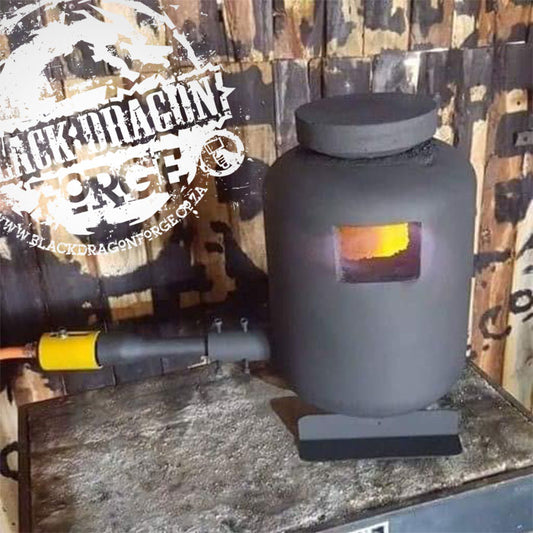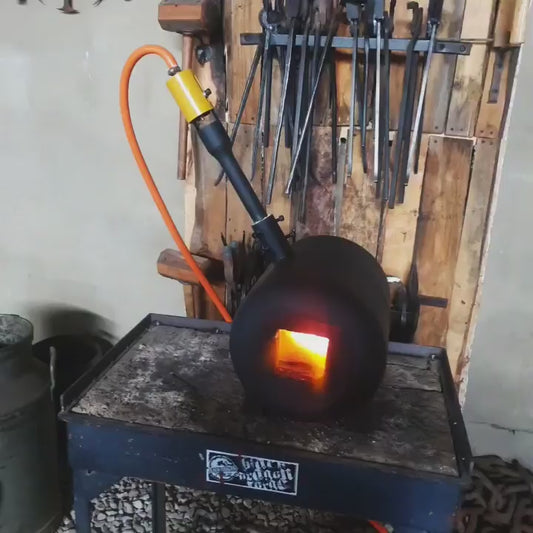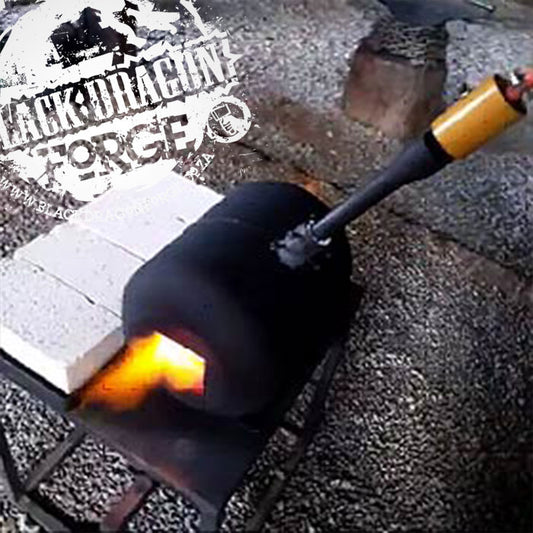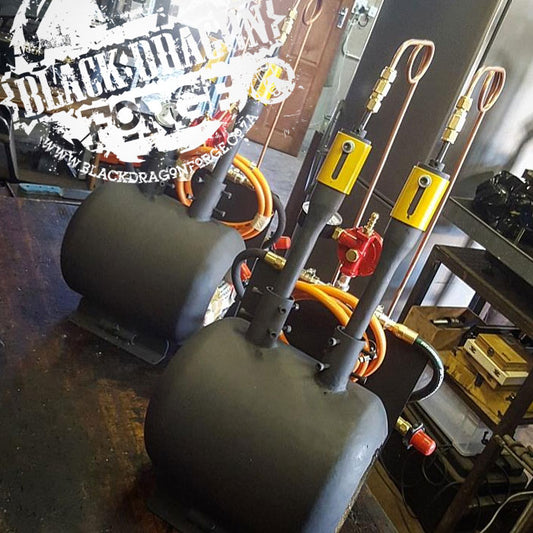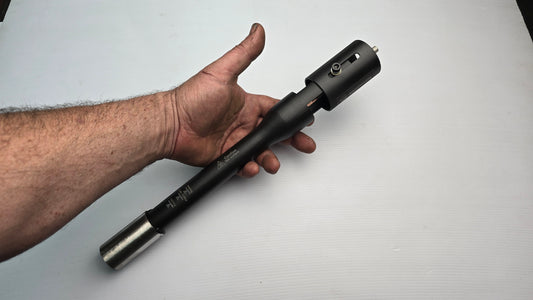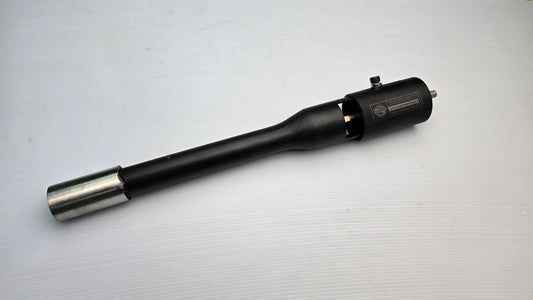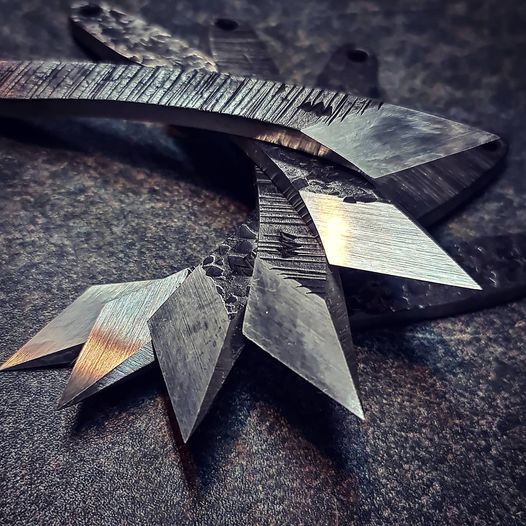
Discovering the Kiridashi
Neels Van Den BergDiscovering the Kiridashi: A Cut Above the Rest
In a world filled with cutting tools, there's one that stands out both in its elegance and utility - the Kiridashi. This Japanese knife has a rich history, a distinctive design, and a wide range of uses. Whether you're a collector, an artisan, or simply someone interested in unique tools, the Kiridashi deserves your attention. In this article, we'll embark on a journey to explore the world of the Kiridashi, from its origins to its modern-day applications.
1. Introduction
What is a Kiridashi?
The Kiridashi, often referred to as "切り出し" in Japanese, is a small utility knife with a single bevel blade. Its name translates to "to carve out" or "to cut out," which perfectly encapsulates its primary function. These knives are renowned for their precision, versatility, and the artistry that goes into their creation.
History and Origin
To truly understand the Kiridashi, we must delve into its history. The roots of this knife can be traced back to ancient Japan, where it was initially used by woodworkers and craftsmen. Its minimalist design and sharp edge made it indispensable for intricate tasks.
2. Anatomy of a Kiridashi
To appreciate the Kiridashi fully, let's break down its anatomy:
Blade
The blade of a Kiridashi is the heart of the tool. Typically, it features a single bevel edge, which means it's only sharpened on one side. This asymmetry allows for incredibly precise cuts and controlled slicing, making it a favorite among craftsmen.
Handle
The handle of a Kiridashi is often a work of art in itself. Crafted from various materials, including wood, bone, or even modern composites, it provides a comfortable grip for the user. The handle's design can vary greatly, from simple and utilitarian to ornate and decorative.
3. Traditional vs. Modern Kiridashi
Traditional Designs
In its traditional form, the Kiridashi is a reflection of Japanese craftsmanship. These knives often feature hand-forged blades with intricate hamon patterns, showcasing the skill of the blacksmith. The handles are meticulously carved and polished, adding to their aesthetic appeal.
Contemporary Adaptations
In the modern era, the Kiridashi has evolved to meet the needs of various users. While traditional designs are still cherished, contemporary adaptations offer a wider range of materials, blade shapes, and handle styles. Some even incorporate modern materials like stainless steel for enhanced durability.
4. Uses of a Kiridashi
The Kiridashi's versatility extends beyond its stunning design. Here are some of its primary uses:
Woodworking
Woodworkers cherish the Kiridashi for its ability to make precise cuts and carve intricate designs. It's ideal for crafting joints, shaping wood, and adding fine details to projects.
Leathercraft
Leatherworkers find the Kiridashi indispensable for cutting leather with precision. It allows them to create clean edges and intricate patterns, making it an essential tool in the workshop.
Everyday Carry
Some people choose to carry a Kiridashi as an everyday utility knife. Its compact size and razor-sharp edge make it perfect for opening packages, cutting twine, and handling various tasks.
5. Choosing the Right Kiridashi
Selecting the perfect Kiridashi involves considering two crucial factors:
Blade Materials
The blade material affects the knife's performance and durability. High-carbon steel is prized for its sharpness, while stainless steel offers resistance to corrosion. Choose based on your intended use.
Handle Materials
The handle's material impacts both aesthetics and functionality. Traditionalists might prefer wooden handles, while those seeking durability may opt for modern materials like G10 or Micarta.
6. Caring for Your Kiridashi
Proper maintenance ensures your Kiridashi remains a reliable tool. Here are some maintenance tips:
Maintenance Tips
- Keep the blade clean and dry to prevent corrosion.
- Sharpen the blade regularly using appropriate tools.
- Store the Kiridashi in a protective sheath when not in use.
7. Kiridashi in Pop Culture
The Kiridashi has left its mark on various aspects of pop culture:
Influence in Japanese Media
In Japanese literature, films, and anime, the Kiridashi often symbolizes precision and dedication. Characters wielding these knives are depicted as skilled and meticulous.
Global Recognition
Beyond Japan, the Kiridashi has gained recognition for its unique design. It has found a place among collectors and enthusiasts worldwide.
8. Collecting Kiridashi
The Kiridashi's unique designs and history make it a fascinating collectible item.
Rarity and Collectibility
Certain Kiridashi knives are considered rare and highly collectible, often fetching high prices in the collector's market.
Notable Collections
Explore some of the most impressive Kiridashi collections and the stories behind them.
9. Kiridashi in Art
The Kiridashi's beauty and utility have inspired artists around the world.
Kiridashi-Inspired Artworks
Discover how artists have incorporated Kiridashi knives into their artworks, showcasing their form and function in unique ways.
10. Conclusion
In conclusion, the Kiridashi is not just a knife; it's a piece of history, a work of art, and a versatile tool. Whether you're an artisan, a collector, or simply someone with an appreciation for craftsmanship, the Kiridashi has something to offer. Its elegant design and precision make it a cut above the rest.
11. Frequently Asked Questions (FAQs)
What is the history of the Kiridashi?
The Kiridashi's history can be traced back to ancient Japan, where it was initially used by craftsmen and woodworkers for precise cutting tasks.
How do I sharpen a Kiridashi?
Sharpening a Kiridashi involves using sharpening stones or tools designed for single bevel blades. Maintaining the correct angle is crucial for a sharp edge.
Can a Kiridashi be used for self-defense?
While a Kiridashi is a sharp and versatile tool, it's not designed for self-defense. Other tools are better suited for that purpose.
Are there different types of Kiridashi blades?
Yes, there are various Kiridashi blade shapes, each tailored to specific tasks. Common shapes include tanto, spear point, and drop point.
What makes the Kiridashi unique among cutting tools?
The Kiridashi's uniqueness lies in its single bevel blade, which provides exceptional precision and control, making it ideal for various crafts and tasks.


